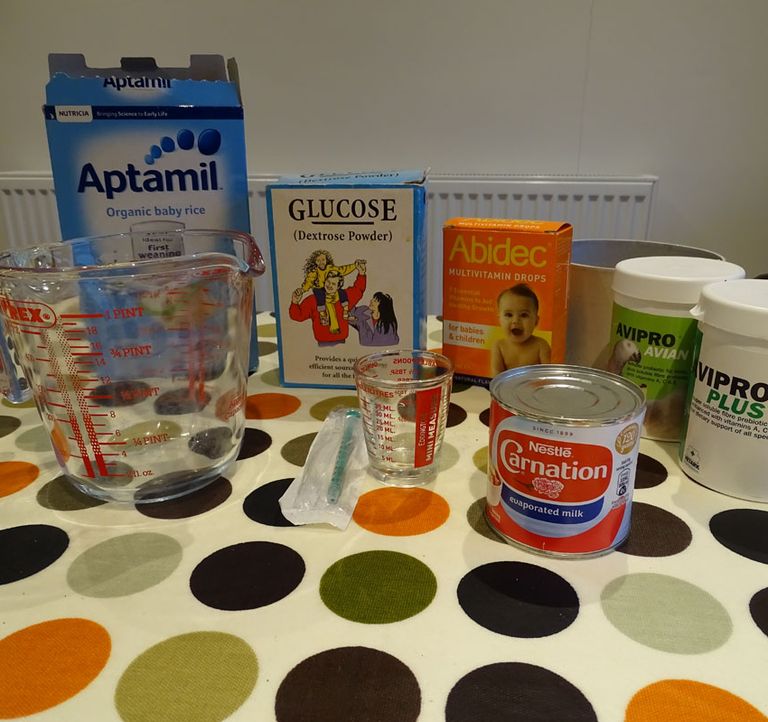Chinchilla Articles
Below I have added a few articles that may interest new owners, breeders and other chinny people!
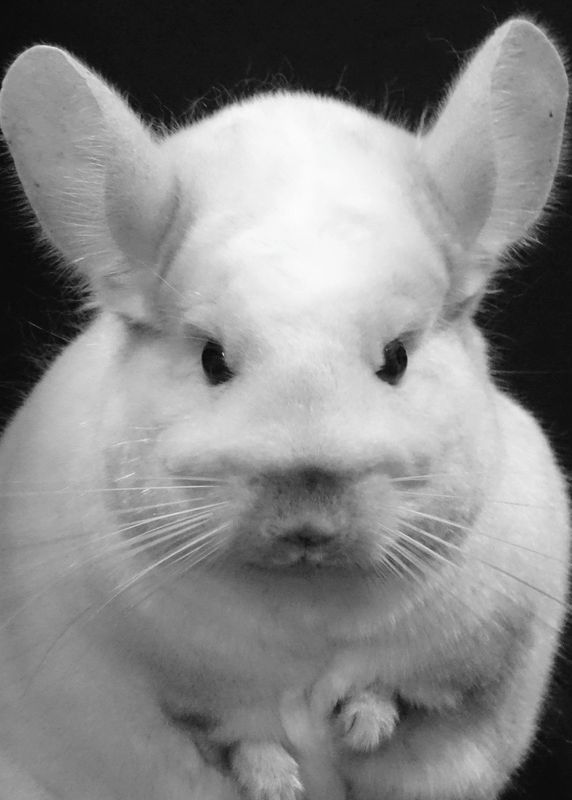
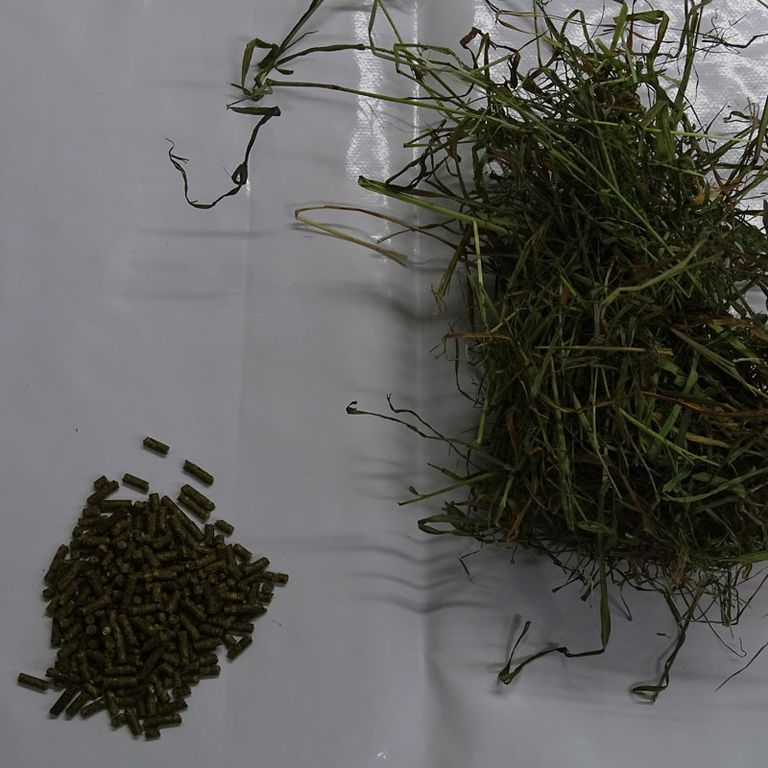
Feed and Timothy
Like nearly all breeders, I use specialist extruded pellets. There are a number of good quality products on the market, each with slightly different formulations - usually variants of the minerals incorporated.
When bringing a new chinchilla into your shed (or welcoming a pet to your home) the trick is to start with the breeder's pellets, and then over a period of a week or two slowly mix in the pellets you want to use until you are just presenting the pellets you want to use in the future.
As a pet owner, there are two types of food I would suggest you avoid. Firstly avoid those made of separate components (even if they have a cute name) - chinchillas can be fussy eaters, will select just the bits they like and may do themselves harm by missing key nutrients. Secondly, some pet shops sell otherwise sound looking pellets from open barrels - you do not know how long the pellets have been exposed and whose hands have touched them.
How much food should you buy at a time? Broadly, the larger the bag (or for breeders, the more bags) the lower the unit cost. So ... as much as your chin(s) will consume within the use by date. And ... ensure you can store that food in a cool, dry place away from rats and mice.
Chins should also have a constant supply of a good quality rough grass - dried Timothy is absolutely ideal - full length, chopped or in pre-formed blocks.
Water
Like all domestic animals, chinchillas should be given fresh water every day. For pets, water bottles are fine. Breeders may use water bottles (as I do) or automated water systems.
Two or the most common diseases carrying microbes chins can face - Cryptosporidium and Giardia* - are water-borne. Their presence can be massively reduced by filtering your water. I use an in-line microbial filter in my chins' water system. The water for one or two bottles can be filtered with a simple cartridge filter bottle such as that made by Brita.
To my mind, the advantage of using water bottles is that a single failed bottle only impacts one cage, and that checking water flow becomes an automatic unconscious act when I refill them. The disadvantage (at least from a breeder perspective) is that a bottle-based system takes much more resource each day (but fortunately I'm retired) and is more expensive. With an automatic system, you have to be on the ball with checking flow, and you need a sound sterilization regime.
I sterilize my water bottles every week. My approach is to have two sets of bottles which get alternated. I use 25l brew buckets filled with a solution made from a powdered chlorine delivery agent, VWP (popular with home brewers). For pet use, Milton, sold for baby equipment, is just as good.
* both of which can be transmitted from chins to humans and vice versa - a zoonosis.
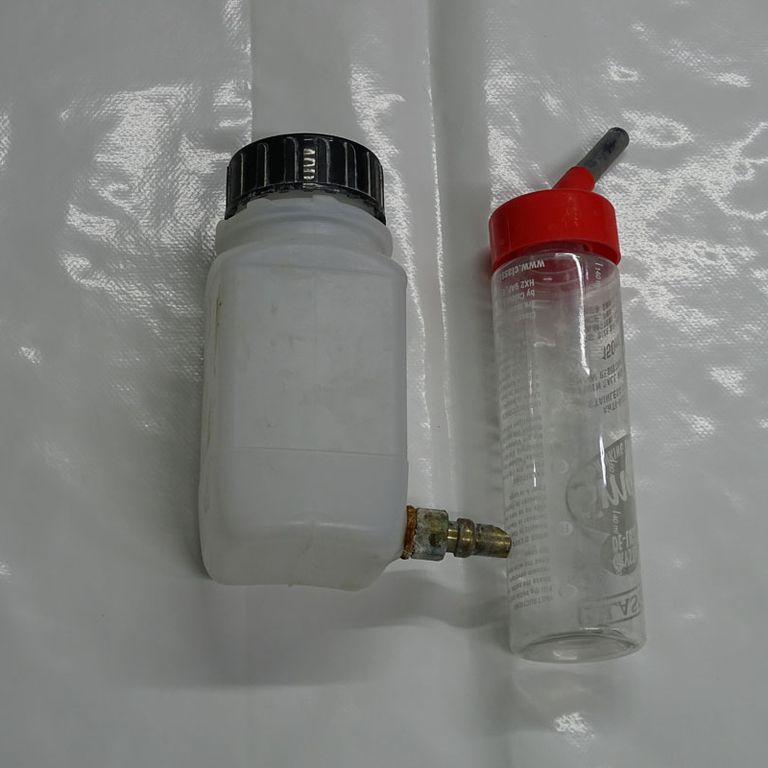
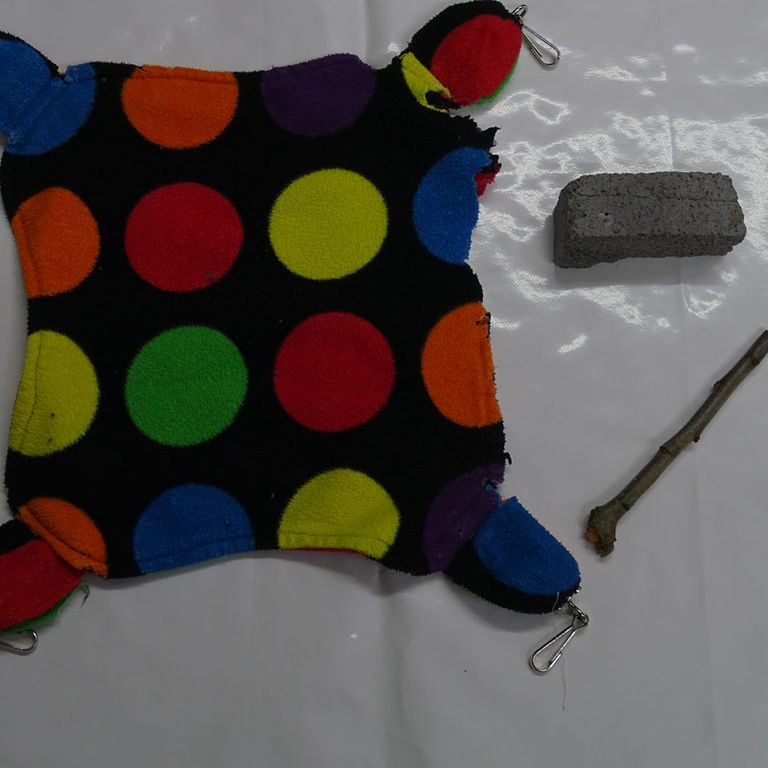
Toys and Cages
Key message 1: Chinchillas' teeth are constantly growing ... it is vital that they have every opportunity to chew, and then chew (and chew some more). Pellets and timothy are a good start, but chins need lots of other chewing opportunities.
Key message 2: Chins don't care how pretty their toys are, as long as they can chew them - pretty toys are just like divers and sunken castles in fish tanks - just for human enjoyment.
I primarily use chew blocks made of Thermalite (I buy whole blocks from building suppliers, and cut them into 4cm * 4cm *8cm blocks), and apple / pear twigs (the cider is a by-product!). Some untreated kindling can be safe too.
Shelves can (and will) be chewed too!
What should cages be made of? Broadly, 1/2" wire mesh is fine. It is quite safe for your chins. Some chins will sleep on the mesh, some prefer their shelves and some hammocks (my non-show animals have hammocks - for a few weeks before shows I take them out to protect fur quality).
Will a wire bottom hurt my chins' feet? For 99% of chins the answer is no! If a chin doesn't want to spend all of their time on the wire cage bottom, then they will sit on shelves / hammocks. I just raise a tiny caution ... in my 20 years I have seem just two cases of "bumble foot" (which would be exaggerated by a wire floor) - both were in (unrelated) Wilson Whites.
Tall or fat? If you have a choice, a squat (13" to 15" high) cage with a big floor is preferable to a tall thin one (good for rats or degu). Chins are actually much smaller and more fragile than they look - half the "body" is fur - and they can break bones or dislodge teeth if they fall.
I clean my cages with a domestic car jet wash! - soak in animal-friendly disinfectant, spay off and dry! Breeders: it can be useful to have all of your cages of the same design, so you can swap spares in and out as you clean. Always have spare shelves - they can take a while to thoroughly dry ... and of course chins see them as prime chewing material* - mine last about a year!
If you use hammocks, then they should be cleaned once a week or more frequently. Consequently, it is a good idea to have two sets. Generally, hammocks are made of fleece at time of writing - this may change with time if fleece ever becomes unacceptable because it can deliver micro-plastics.
*some shelves have thin metal wrapped around their exposed edges - advantage: prevents chewing ... disadvantage: prevents chewing!
Baby Milk
Some years ago I had to leave a couple of orphan kits overnight with my vet. The veterinary nurse attending was impressed that I brought milk for them and asked if I had expressed it from a female! Sadly, that's not how it works (and my plan for an industrial empire based on 2mm milk pumps died before it was born).
There are two circumstances where you may need baby milk. If a mother doesn't lactate, or is lost during / after having her kits, or if you need to "top up" a litter*.
Baby milk is simple to make (if you have the ingredients ready). Take one part evaporated milk (I use 170g tins) and two parts boiled water (that has been allowed to cool to warm), add a few drops of baby vitamins, a pinch of glucose (even though chins should generally not be given sugars, mothers' milk is slightly sweet and chins love sweet!), and a scoop of prebiotic / probiotic (products usually come with the necessary scoop). Whisk it all up and you have baby milk!
[This formula can be frozen and defrosted when needed.]
I then pour a little into a kitchen shot glass, which is warmed in a milk saucepan of boiling hot water. I swirl the milk with a 1cc oral syringe to warm it thoroughly (a very inelegant swizzle stick!). When the milk warms up (you can tell by dropping a drop on the back of your hand - it wants to be warmer than you might have thought!) - it can be fed to the baby.
Hold the baby in one hand, with the head slightly raised and put a drop of milk on the chins lower lip. The baby will quickly take a liking and then you can gently dropper more on. I new born will take perhaps a half cc - more with age. Some babies take more than others. I feed new born orphans every two hours, dropping to every three hours after a week and four after two weeks.
After each feed, I use the warm water from the saucepan to dampen some cotton wool and clean the mouth and rear end of the kit - just like mother would (although she doesn't use cotton wool!)
From about three weeks start to add in some baby rice and increase until weaning. In theory, weaning is at about six weeks, but it can take two weeks longer as the mother isn't there to show the kit what to do, even though I do ensure the kits do have pellets and timothy.
Topping up is the process of just adding a little extra milk if the mother is not producing enough. Typically, I top up litters of three or more. For four kit litters, some breeders will give a pair of kits two hours on and then two hours in a warm safe space, alternating pairs and some will keep all with Mother and top up all four at the same time. I have used both approaches.
